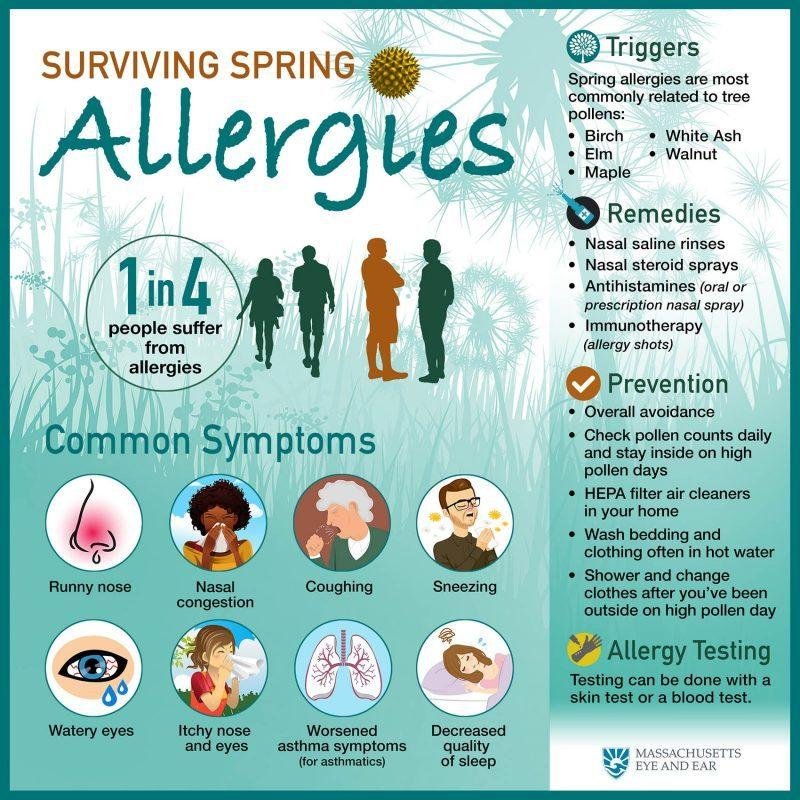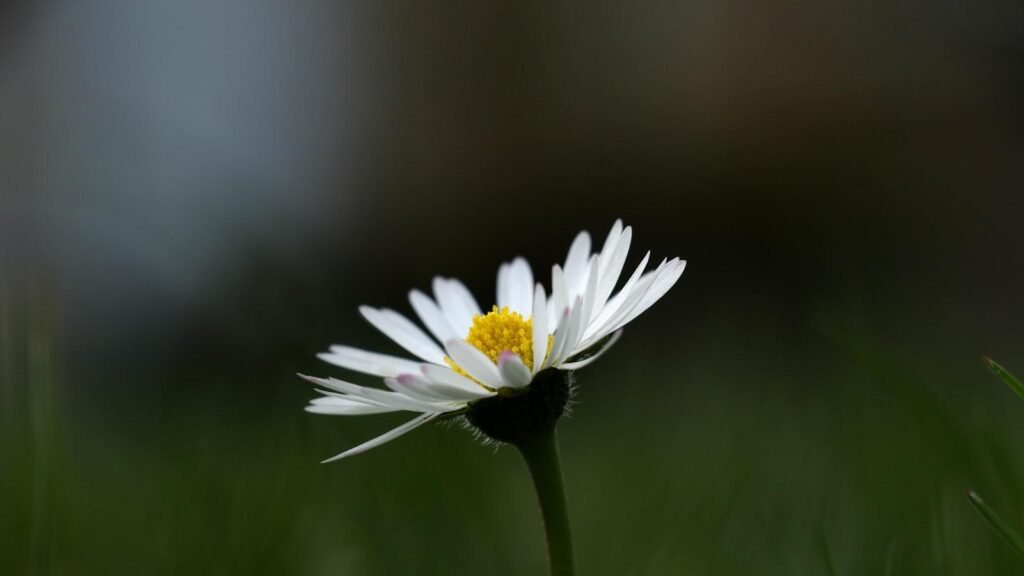Now Reading: – “Spring Allergies Unmasked: Understanding Causes and Solutions”
- 01
– “Spring Allergies Unmasked: Understanding Causes and Solutions”

– “Spring Allergies Unmasked: Understanding Causes and Solutions”
As the winter chill fades away and flowers begin to bloom, many people eagerly welcome the arrival of spring. However, for some, this season brings with it the unpleasant reality of spring allergies. Sneezing, coughing, watery eyes – these symptoms can put a damper on anyone’s enjoyment of the new season. In this article, we will delve into the world of spring allergies, uncovering the underlying causes and exploring potential solutions to help you breathe a little easier this spring.
Unveiling the Culprits: Common Spring Allergy Triggers
Spring is a beautiful time of year when flowers bloom and trees regain their vibrant green colors. However, for many people, it also means the onset of dreaded allergies. Understanding the common culprits behind spring allergies can help us better prepare and minimize their impact.
**Pollen:** Pollen is one of the primary triggers of spring allergies, with trees, grasses, and flowers releasing pollen into the air, causing sneezing, runny nose, and itchy eyes. **Dust mites:** Dust mites thrive in warm and humid environments, making spring the perfect time for them to wreak havoc on allergy sufferers. **Mold:** As the weather warms up, mold spores become more prevalent in the air, leading to allergy symptoms. By identifying these common triggers, we can take proactive steps to reduce our exposure and alleviate our spring allergy symptoms.

The Body’s Defense Mechanism: How Allergies are Caused
Allergies are the body’s way of defending itself against perceived threats, such as pollen, dust, or pet dander. When a person with allergies comes into contact with an allergen, their immune system overreacts and produces antibodies to fight off the perceived threat. This triggers the release of chemicals like histamine, which leads to common allergy symptoms like sneezing, itching, and congestion.
Understanding the causes of allergies is crucial in finding effective solutions. Some common triggers for spring allergies include:
- Pollen from trees, grasses, and flowers
- Dust mites found in bedding and upholstery
- Mold spores that thrive in damp environments
Clarifying Misconceptions: Allergy Symptoms vs. Common Cold Symptoms
Spring allergies can often masquerade as a common cold, leading to confusion and frustration for many individuals. It’s important to differentiate between allergy symptoms and cold symptoms to properly address the underlying issue. Allergies are triggered by an immune system response to specific substances, such as pollen, dust, or pet dander, while a cold is caused by a viral infection.
Understanding the differences between allergy symptoms and common cold symptoms can help you manage your condition effectively. Allergy symptoms typically include:
- Runny or stuffy nose
- Sneezing
- Watery or itchy eyes
- Itchy throat or ears
On the other hand, common cold symptoms may involve:
- Coughing
- Sore throat
- Fever
- Fatigue
Outdoor Allergies: Pollen, Grass, and Mold
Spring is finally here, bringing along with it beautiful blooming flowers and warmer weather. However, for many people, this season also means dealing with outdoor allergies caused by pollen, grass, and mold. Pollen from trees, grasses, and weeds can trigger allergic reactions in sensitive individuals, leading to symptoms such as sneezing, itchy eyes, and nasal congestion. Grass pollen is a common culprit, with different types of grasses releasing pollen at various times throughout the spring and summer months.
Mold spores are another outdoor allergen that can cause discomfort for allergy sufferers. Mold tends to thrive in damp and humid conditions, making spring showers the perfect breeding ground. Mold spores can be carried by the wind, leading to increased exposure during rainy weather. It is essential to be aware of these common outdoor allergens, their triggers, and potential solutions to manage symptoms and enjoy the beauty of spring without the added discomfort.
Indoor Allergies: Dust Mites, Pet Dander, and Mold
Spring allergies can really put a damper on the season, especially for those who suffer from indoor allergens such as dust mites, pet dander, and mold. Understanding the causes of these common indoor allergens can help you find solutions to alleviate your symptoms.
**Dust Mites:** These microscopic pests thrive in warm, humid environments and can be found in bedding, carpets, and upholstered furniture. To reduce dust mites in your home, wash bedding weekly in hot water, use allergen-proof covers on pillows and mattresses, and vacuum regularly with a HEPA filter.
Combatting Spring Allergies: Effective Prevention and Treatment Strategies
Spring allergies can really put a damper on the season for many individuals. Whether you suffer from hay fever, allergic rhinitis, or pollen allergies, the symptoms can range from annoying to debilitating. However, understanding the root causes of your allergies can help you take effective preventative measures to combat them.
One of the most common culprits of spring allergies is tree pollen. As trees begin to bloom in the spring, they release pollen into the air, triggering allergic reactions in sensitive individuals. To combat tree pollen allergies, it is important to limit your exposure by staying indoors during peak pollen times, using air purifiers, and regularly cleaning your home to remove pollen particles. Additionally, over-the-counter antihistamines and nasal sprays can help alleviate symptoms such as sneezing, congestion, and itchy eyes.
Consulting a Professional: When to Seek Medical Help for Allergies
There are times when allergies can become severe, requiring medical attention. If you experience any of the following symptoms, it may be time to consult a professional:
- Difficulty breathing: If you have trouble breathing, wheezing, or shortness of breath, seek medical help immediately.
- Anaphylaxis: A severe allergic reaction that can cause swelling, hives, and even loss of consciousness.
- Chronic symptoms: If your allergies persist for weeks or months without relief, it’s best to see a doctor for proper diagnosis and treatment.
Remember, allergies can vary in severity and impact, so it’s crucial to listen to your body and seek medical help when necessary. Consulting a healthcare professional can provide you with the best guidance and treatment options for managing your allergies effectively.
The Way Forward
As spring unfolds its beauty, it also brings along a sneeze-filled battlefield for many. Understanding the causes of spring allergies is the first step towards finding relief and enjoying the season to its fullest. By taking proactive measures and seeking appropriate treatments, you can unmask the mysteries of spring allergies and reclaim control over your health and well-being. Embrace the beauty of the season, armed with knowledge and solutions to combat the pollen invaders. Here’s to a sniffle-free spring ahead!










